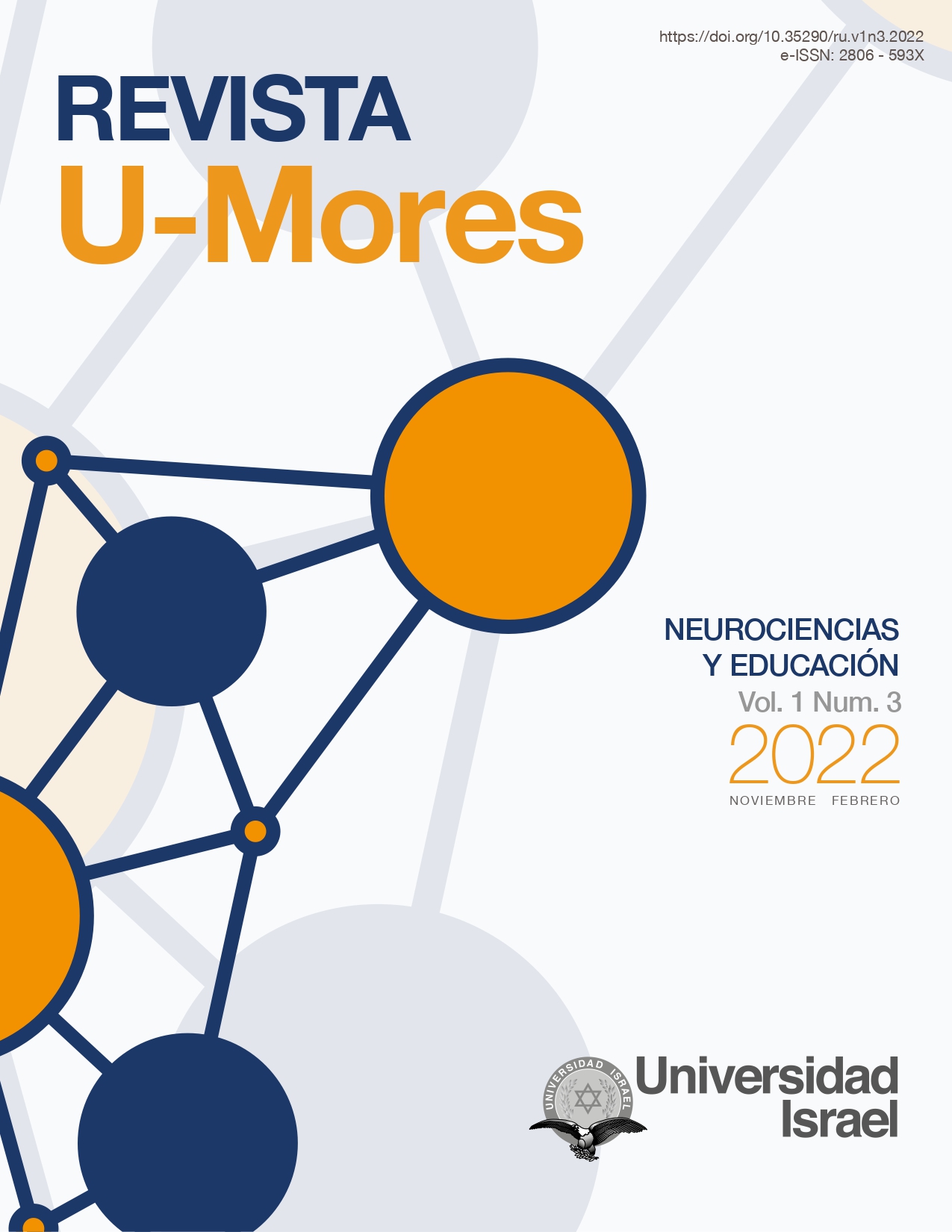Generación de baremos del test D2 en población adulta ecuatoriana: estudio 2
DOI:
https://doi.org/10.35290/ru.v1n3.2022.755Palabras clave:
Baremos, población, emocional, variableResumen
El presente Test de Fluencia Verbal se fundamentó en conocer la aplicabilidad del test D2 a un grupo poblacional ecuatoriano con edades oscilantes entre los 18 y 79 años, a fin de conocer su estado emocional y atencional frente a la prueba presentada. Así, el Test de Fluencia Verbal tuvo como base de desarrollo la aplicación de 80 baterías del test D2 en cierta muestra poblacional ecuatoriana, esto a fin de obtener resultados fiables, que permitan estructurar el baremo y pueda ser analizado en concordancia a los baremos de los test ya realizados en Ecuador. El objetivo principal es iniciar una investigación que posteriormente pueda seguir siendo alimentada con estudios futuros bajo la temática en mención, a fin de que los resultados aquí presentados permitan abrir paso a nuevos Test de Fluencia Verbal en el país. Como parte de los resultados, se registraron los resultados obtenidos de la aplicación del test D2 en la población seleccionada para la investigación, con lo cual se establecieron los gráficos estadísticos y la interpretación de los mismos en base a las variables edad, género y escolaridad.
Descargas
Referencias
Aguayo, C. (2021). Relación entre el Consumo de Sustancias y la Alteración de los Procesos Atencionales [Tesis de grado, Universidad Internacional del Ecuador]. https://repositorio.uide.edu.ec/handle/37000/4411
Ballesteros, S. (2002). Psicología general II. Atención y percepción. UNED.
Bitbrain. (19 de septiembre de 2018). Qué es la atención, tipos y alteraciones. https://www.bitbrain.com/es/blog/atencion-cognitiva-concentracion
Brickenkamp, R. (2012). Test de atención d2. TEA Ediciones Madrid
Coll Morales, F. (06 de octubre de 2020). Baremo. Economipedia. https://economipedia.com/definiciones/baremo.html
Gronau, N. (2020). Vision at a glance: The role of attention in processing object-to-object categorical relations. Attention, Perception, & Psychophysics, 82(2), 671-688. https://doi.org/10.3758/s13414-019-01940-z
Pawlowski, J. (2020). Test de Atención d2: Consistencia interna, estabilidad temporal y evidencias de validez. Revista Costarricense De Psicología, 39(2), 145–165. https://doi.org/10.22544/rcps.v39i02.02
psicologiamx. (s.f). Tipificación y baremación. http://psicologiamx.blogspot.com/2012/04/tipificacion-y-baremacion.html
Ramos, C., Villacís, N., Estévez, S., Álava, M.B., Albán, C., Caranqui, B., Cornejo, D., Herrera, A., Peláez, M., y Jadán, J. (2017). Análisis de correlación entre el test d2 y la escala ADHD RS IV. INNOVA Research Journal, 2(3), 88-98. https://repositorio.uisek.edu.ec/bitstream/123456789/2945/1/07.%202477-9024%20RAMOS%20CARLOS%202017-01.pdf
Ramos, Z. (2018). Psicometría Básica. Fundación Universitaria del Área Andina.
Uengoer, M., Lucke, S., & Lachnit, H. (2018). Attention toward contexts modulates context-specificity of behavior in human predictive learning: Evidence from the n-back task. Learning & Behavior, 46, 320–326. https://doi.org/10.3758/s13420-018-0318-1
Villarroig, L., y Muiños, M. (2018). La atención: principales: rasgos, tipos y estudio [Tesis de grado, Universitat Jaume] http://hdl.handle.net/10234/177765
Publicado
Número
Sección
Licencia
Derechos de autor 2022 Betzy Banchón Silva

Esta obra está bajo una licencia internacional Creative Commons Atribución 4.0.
Los autores que participen de los procesos de evaluación y publicación de sus ediciones conservan los derechos de autor y ceden a la revista el derecho a la primera publicación, tal como establecen las condiciones de reconocimiento en la licencia Creative Commons Reconocimiento 4.0 Internacional (CC BY), donde los autores autorizan el libre acceso a sus obras, permitiendo que los lectores copien, distribuyan y transmitan por diversos medios, garantizando una amplia difusión del conocimiento científico publicado.
- Toda derivación, a partir de esta obra, deberá citar la fuente y a la primera publicación en esta revista. Se permiten derechos comerciales no lucrativos sobre sus contenidos.
- Los autores pueden realizar otros acuerdos contractuales independientes y adicionales para la distribución no exclusiva de la versión del artículo publicado en esta revista, es decir, podrán incluirlo en un repositorio institucional o publicarlo en un libro, siempre que indiquen claramente que el trabajo se publicó por primera vez en esta revista.
- Se permite y recomienda a los autores compartir su trabajo en línea, con la finalidad de intercambios productivos para una mayor y más rápida citación del trabajo como lo establece los efectos del movimiento ‘Acceso Abierto’.
- No puede aplicar términos legales o medidas tecnológicas que restrinjan legalmente a otros de hacer cualquier cosa que permita la licencia: https://creativecommons.org/licenses/by/4.0/deed.es
- La Revista Científica es financiada completamente de los aportes realizados por nuestra entidad editora: Universidad Tecnológica Israel; por tal motivo, no establece cargos o cobros de ninguna índole a sus autores y colaboradores, así como tampoco genera pagos o remuneraciones de ningún tipo a ellos.
- Se asignará un Digital Object Identifier (DOI) a cada publicación.



